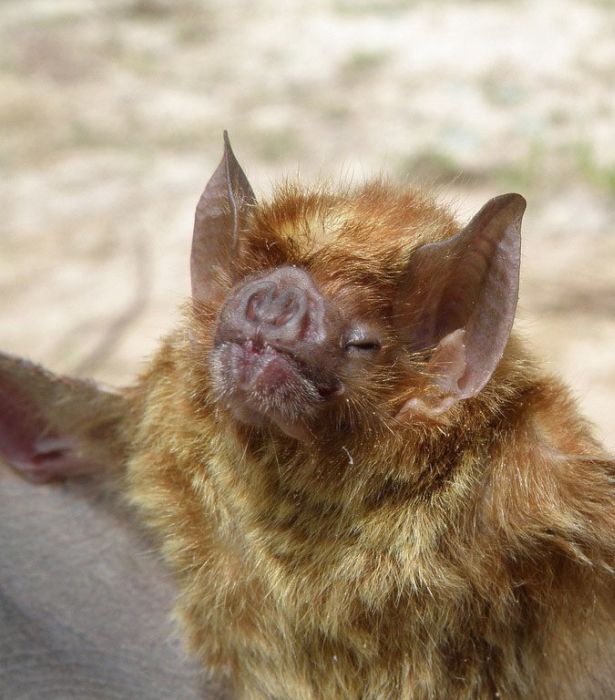|
|
Wild Bats, Peru
|
Echolocation
Bat echolocation is a perceptual system where ultrasonic sounds are emitted specifically to produce echoes. By comparing the outgoing pulse with the returning echoes the brain and auditory nervous system can produce detailed images of the bat's surroundings. This allows bats to detect, localize and even classify their prey in complete darkness. At 130 decibels in intensity, bat calls are some of the most intense airborne animal sounds.
To clearly distinguish returning information, bats must be able to separate their calls from the echoes they receive. Microbats use two distinct approaches.
• 1.Low Duty Cycle Echolocation: Bats can separate their calls and returning echos by time. Bats that use this approach time their short calls to finish before echoes return. This is important because these bats contract their middle ear muscles when emitting a call so that they can avoid deafening themselves. The time interval between call and echo allows them to relax these muscles so they can clearly hear the returning echo. The delay of the returning echos provide the bat with the ability to estimate range to their prey.
|
|









